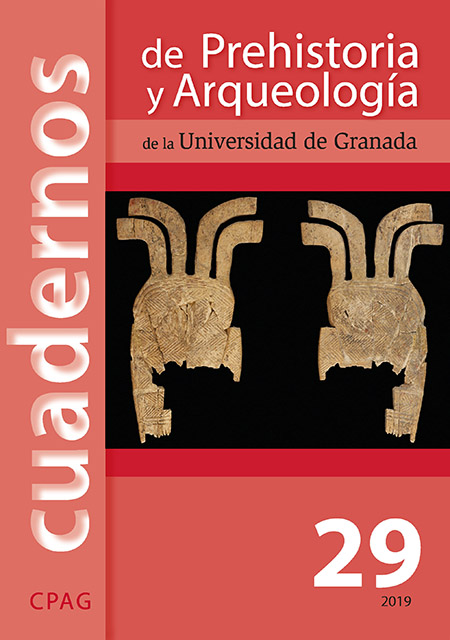TOOLS OR SCRAPS? ANTLER WORKING IN TWO WELL-DATED COPPER AGE CONTEXTS IN THE MIDDLE GUADALQUIVIR BASIN (SOUTHERN IBERIA)
Contenu de l'article principal
Résumé
In the south of the Iberian Peninsula, as in many European sites, antler working has been a well-known technology since the Upper Paleolithic Period. However, apart from studies of the opportunistic use of unmodified elements such as antler-picks, antler working has been scarcely researched in the archaeology of the Neolithic and Copper Age in this region. This brief contribution focuses on three antler elements from the Andalusian Copper Age. Two of the elements are angular fragments recovered in the ditched enclosure of La Minilla (La Rambla, Córdoba), dated to around the middle of the 3rd millennium BC. The third object is a modified shed antler beam and basal part associated with a collective burial, dated to the end of 4th and early 3rd millennium Cal BC. It was discovered in the territory of modern Córdoba. These fragments are interpreted as waste material from manufacturing processes aimed at obtaining elongated blanks.



